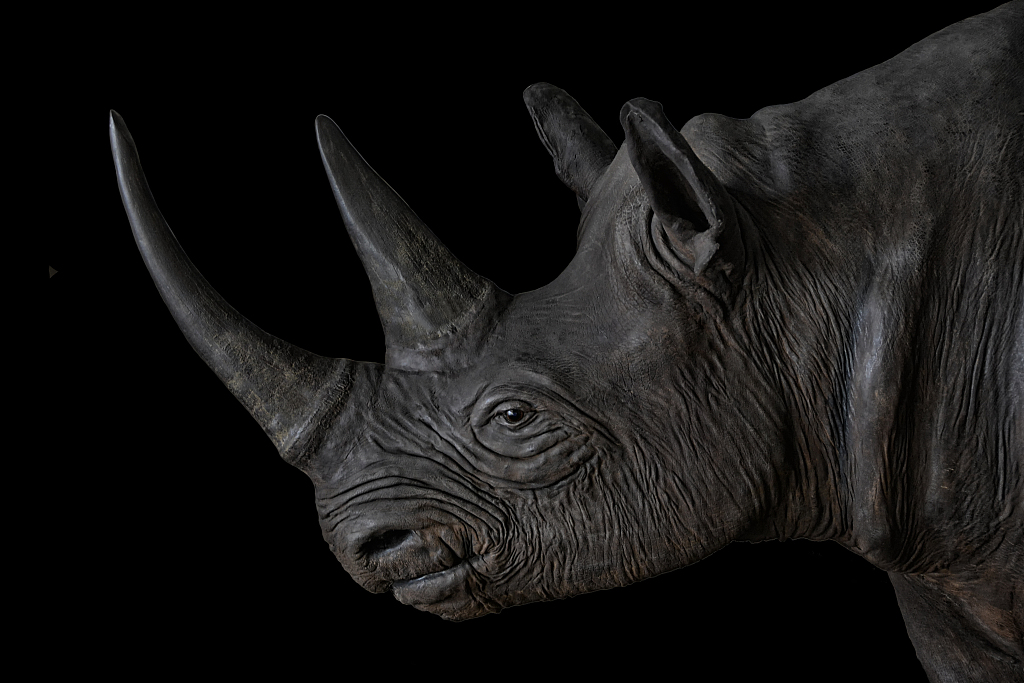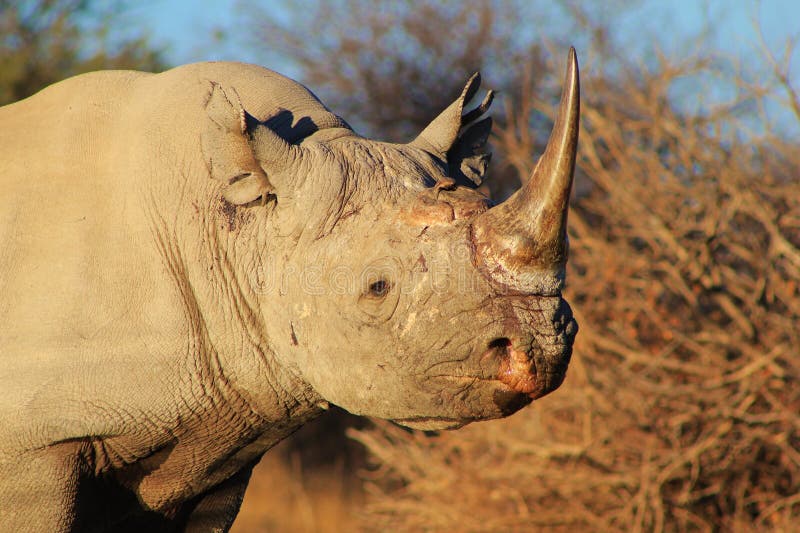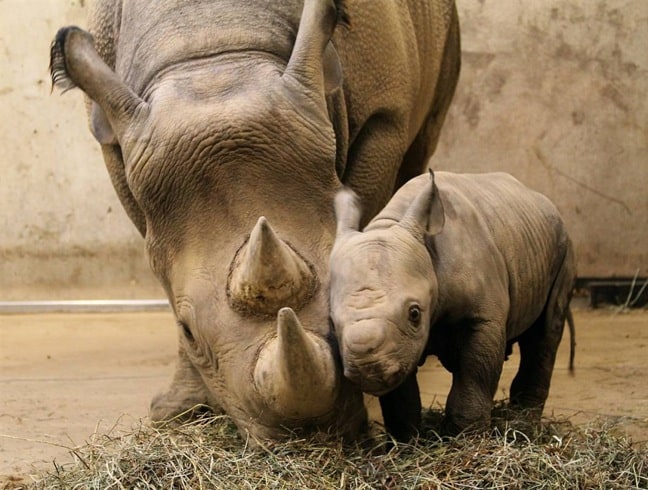
Can we justify spending an estimated £7.1m (US$10m) to try to bring back to life a subspecies from stored DNA with limited genetic diversity? Even if the animals were all alive and breeding, there would still be fears of the “ founder effect” that can occur when a population is started from just a few individuals, with some traits lost and others dominant within the resulting population.Īs a near-extinct subspecies, the conservation argument for continued investment to save the population is based upon whatever adaptive genetic diversity it holds that differentiates it from the other subspecies. We, as a society, have to be pragmatic and economic with the resources available to protect wild animals. Most southern white rhino are found in South Africa where they are under sustained pressure from poaching for their horn. In doing so, it could fill the vacant ecological niche. The second issue, that clouds the importance of the almost certain extinction of the northern white rhino, is that the white rhino survives through its southern subspecies which may (with help) be able to replace the northern white rhino in its historical range across central Africa. Nevertheless, we are talking not about saving a subspecies from extinction, but resurrecting an extinct subspecies – a much more challenging proposition. If plans to resurrect the extinct woolly mammoth via hybridisation with Indian elephants are possible, then a white rhino hybrid is not unachievable. An alternative would be to produce a genetically-engineered baby rhino that is a hybrid of both northern and southern species.

If these optimistic plans play out, the first northern white rhino calf born since the year 2000 could be produced before the death of the two remaining females. I recently spoke to Professor Thomas Hildebrandt, a global leader in conservation reproduction and pioneer of this technique, and he was confident it would work.

The embryos produced would then be implanted within surrogate female southern white rhino. Jason Gilchrist, Author providedĭNA has been stored from 13 northern white rhino that died in recent years, including Sudan, and it would be combined with similarly-frozen eggs and sperm.

Hand rearing orphaned baby southern white rhino, South Africa. Conservationists refer to such populations as “ the living dead”. The northern white rhino is extinct, it just doesn’t know it yet. Sudan’s daughter Najin, and granddaughter Fatu, are now the only two left, and they are both old and incapable of reproduction even if they had a mate. He was captured and removed from the wild in 1975, the last wild-caught northern white rhino.

Sudan was the last surviving male northern white rhinoceros, a subspecies known to scientists as Ceratotherium simum cottoni that went extinct in the wild about 20 years ago thanks to poaching. “Sudan”, a 45-year-old northern white rhino was put to sleep as vets decided, after months of ill health, that his condition had deteriorated to the point where the levels of pain and quality of life were unacceptable.įrom a conservation perspective, this does not sound like a big deal. A geriatric semi-captive rhino died in Kenya recently.


 0 kommentar(er)
0 kommentar(er)
